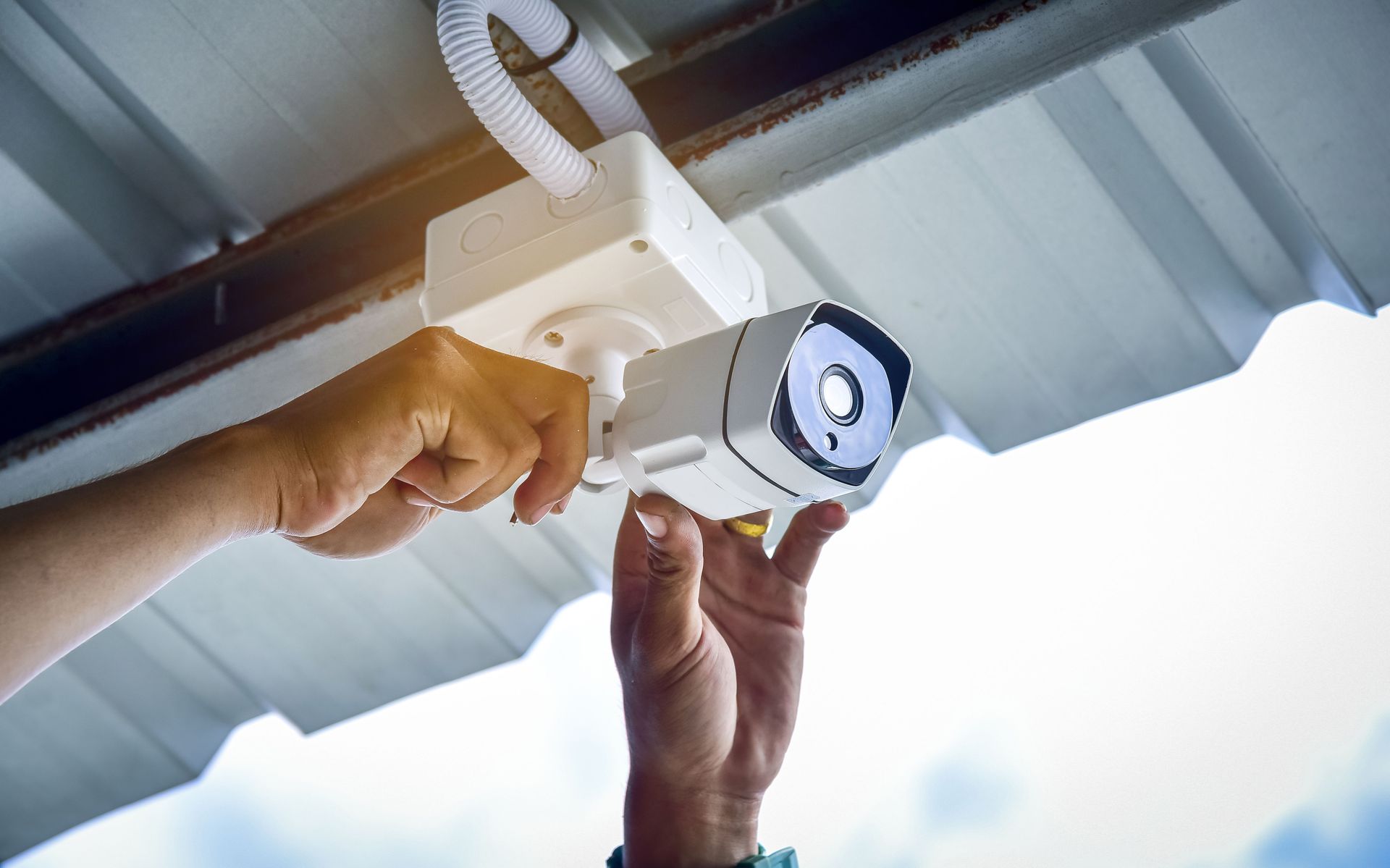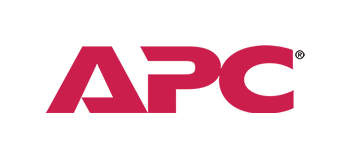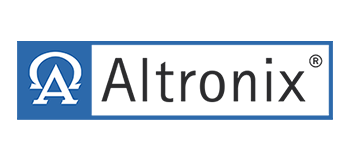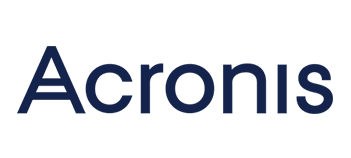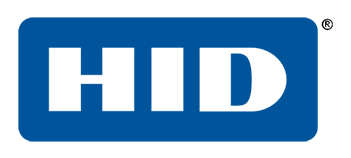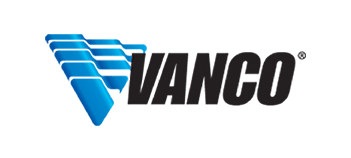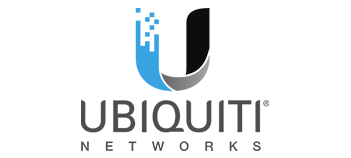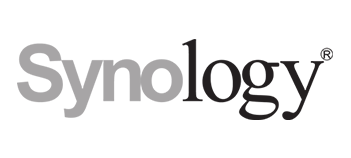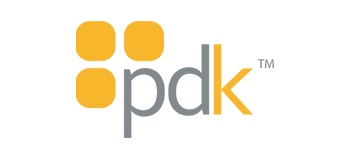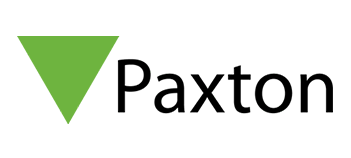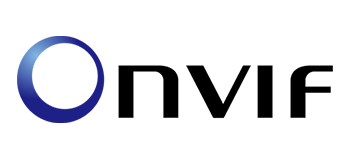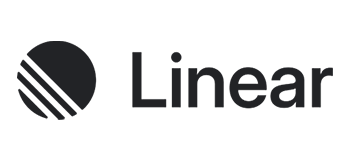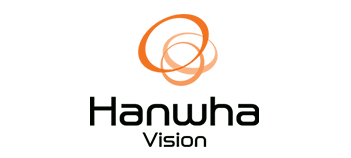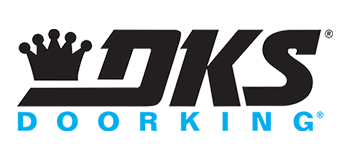Protecting Your Business: Key Factors for Effective Security Camera Installation
Ensuring the security of your business is paramount. Installing security cameras can play a crucial role in deterring theft, monitoring activities, and providing peace of mind. This article will guide you through vital considerations to keep in mind when setting up security cameras at your business premises. Choosing the right security camera system involves understanding various factors, from equipment selection to legal compliance. A well-designed system can greatly enhance the safety of your establishment and reduce operational risks. Let's explore some critical facts to consider during your planning process. Each installation offers unique challenges and opportunities for enhancing security. To make the most of your investment, it's essential to analyze your specific needs and objectives. With this guide, you'll be better equipped to install a security camera system that effectively safeguards your business.
Determine the Purpose of the Security Cameras
Identifying the primary purpose of your security camera system is the first step in the installation process. Consider what threats or issues you are aiming to address, such as theft, unauthorized access, or employee monitoring. Knowing the purpose will help you focus on the features and capabilities most relevant to your needs. According to The College of Policing, CCTV can reduce the crime rate by 13% compared to places without surveillance cameras. This statistic highlights the importance of understanding your security objectives to enhance the effectiveness of your camera system. When selecting areas for installation, distinguish between indoor and outdoor surveillance needs. Outdoor cameras provide perimeter security, monitoring entry points and parking areas, while indoor cameras focus on valuable inventory or sensitive data. Each type requires specific characteristics, such as weatherproofing for outdoor devices and more nuanced camera angles indoors. This distinction will make your security system more effective and tailored to your unique environment. As you plan, ensure cameras can endure environmental conditions and meet your surveillance objectives.
Select the Types of Security Cameras
The decision between wired and wireless security cameras depends on several factors, including installation complexity, reliability, and budget. Wired cameras often provide a stable, interruption-free feed but involve intricate and sometimes invasive installation processes. In contrast, wireless cameras offer installation flexibility with fewer physical disruptions to your premises but may occasionally experience signal interference. Assess your business environment and prioritize based on needs like stability versus flexibility. Your choice should reflect arrangements that do not compromise your security objectives while fitting seamlessly within your operational capabilities. Deciding between dome and bullet cameras can significantly impact how spaces are monitored. Dome cameras are discreet and provide a wide field of vision, making them perfect for indoor environments where aesthetics and extensive coverage come into play. Bullet cameras, on the other hand, are more visible and work well for long-range outdoor monitoring. Being visible, bullet cameras can serve as a deterrent due to their recognizable presence. Consider the environment and security objectives when selecting camera types, as visibility and lens orientation play significant roles in deterrence and coverage strategies.
Position and Install Cameras Strategically
Identifying key surveillance areas requires a comprehensive understanding of potential vulnerabilities. Determine locations that will benefit the most from camera coverage, such as entry points, transaction counters, and anywhere else people frequently congregate. Prioritizing these places maximizes the effectiveness of each camera and ensures coverage where it's needed most. A strategic approach to positioning can optimize surveillance while adhering to budgetary and operational constraints. Consider employing a security consultant to help identify areas aligned with best practices while addressing the core security needs of your environment. Understanding optimal camera height and angles is critical to capturing precise footage and preventing blind spots. Ideal mounting heights can vary, and considering factors like the average height of individuals and plausible methods used in theft or unauthorized access is crucial. Cameras should be mounted high enough to avoid vandalism yet positioned to capture faces clearly. Fine-tuning angles eliminates blind spots and balances the need to protect privacy. Collaborative planning with a professional installer can bring insights into best practices, helping maintain efficient and ethical surveillance.
Integrate with Existing Security Systems
Effective security cameras should integrate seamlessly with existing alarm systems. Compatibility ensures smooth operation across devices, enhancing your overall security network. Prior knowledge of system specification requirements will facilitate easier integration, amplified functionality, and the elimination of redundancies. Consistent communication between the new cameras and existing systems can streamline response protocols during incidents. Engaging a professional to assist with integration aligns new installations with legacy systems, ensuring cohesive protection for your business assets. Using motion detection features optimizes efficient and targeted monitoring. Motion detection can trigger recordings only when movement is detected, which saves storage and eases video review by limiting footage to important moments. This feature can be programmed to send alerts when activity is detected, enabling quicker response times. Strategically program motion detection sensitivity settings to match areas of importance versus areas with naturally high traffic. Enhanced detection combined with real-time
notifications adds a layer of security vigilance and responsiveness.
Manage Video Storage and Accessibility
Choosing between local and cloud storage alternatives involves weighing convenience against security and costs. Local storage offers greater direct control and possibly better data security, but might require physical access for retrieval and maintenance. Conversely, cloud storage provides remote data access and scalable capacity, although subscription costs and potential data breaches are possible deterrents. Analyze the nature of your business operations and risk tolerance to select the most suitable option. Balancing these needs can reveal an efficient strategy grounded in security priorities and budgetary frameworks. Understanding compression and retention policies directly affects how videos are stored, accessed, and reviewed. Efficient video compression reduces file sizes, extending storage capacities without compromising video integrity. Retention policies dictate how long footage should be kept before deletion, with considerations for potential future evidence needs. Develop policies that comply with regulations and organizational requirements, balancing retention duration with storage costs. Regularly review and adjust these parameters to keep pace with technology improvements and evolving security practices.
Budget for Total Cost of Ownership
Analyzing initial investment costs requires insight into the price of cameras, installation, and potential infrastructure updates. High-end security cameras with advanced features may incur significant upfront costs, but they often provide better long-term security benefits. Conversely, budget-friendly options might require additional purchases to meet coverage expectations. Being aware of these financial considerations helps in crafting a plan that aligns with security priorities and fiscal limitations. Prioritize transparency with vendors and installers to align projections with realistic expenditures.
Calculating ongoing maintenance expenses covers regular updates, repairs, and potential replacements of system components. Anticipating these costs ensures sustainability, allowing uninterrupted operations and consistent security solutions. Financial foresight can identify opportunities for cost savings, such as package deals covering routine maintenance services. Prepare for the eventualities of equipment failure and software updates through service agreements and partnership guarantees with suppliers. Sound budgeting captures all aspects of maintenance to prevent unnecessary financial stress when routine or emergent situations arise.
Setting up a security camera system for your business involves careful planning and consideration of multiple factors, from selecting the right equipment to integrating with existing infrastructure. By thoroughly evaluating your needs and understanding the available options, you can ensure a secure environment that is both effective and cost-efficient. This investment will not only protect your assets but also give you peace of mind, allowing you to focus on the growth and success of your business. Contact Milton Tech Security and Surveillance to request an estimate and learn more about commercial security systems today.

